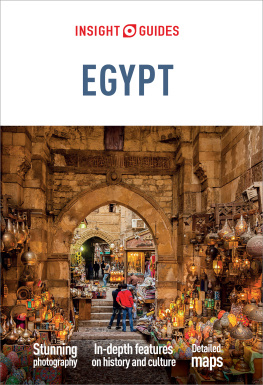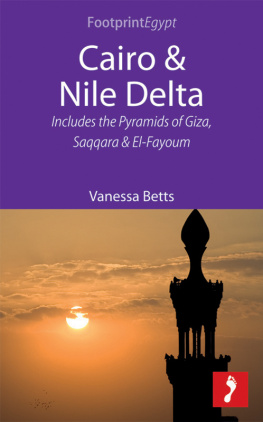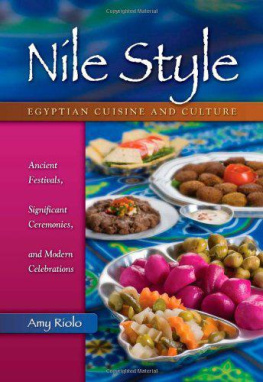How To Use This E-Book
Getting around the e-book
This Insight Guide e-book is designed to give you inspiration for your visit to The Nile, as well as comprehensive planning advice to make sure you have the best travel experience. The guide begins with our selection of Top Attractions, as well as our Editors Choice categories of activies and experiences. Detailed features on history, people and culture paint a vivid portrait of contemporary life in The Nile. The extensive Places chapters give a complete guide to all the sights and areas worth visiting. The Travel Tips provide full information on getting around, hotels, activities from to culture to shopping to sport, plus a wealth of practical information to help you plan your trip.
In the Table of Contents and throughout this e-book you will see hyperlinked references. Just tap a hyperlink once to skip to the section you would like to read. Practical information and listings are also hyperlinked, so as long as you have an external connection to the internet, you can tap a link to go directly to the website for more information.
Maps
All key attractions and sights in The Nile are numbered and cross-referenced to high-quality maps. Wherever you see the reference [map] just tap this to go straight to the related map. You can also double-tap any map for a zoom view.
Images
Youll find hundreds of beautiful high-resolution images that capture the essence of The Nile. Simply double-tap on an image to see it full-screen.
About Insight Guides
Insight Guides have more than 40 years experience of publishing high-quality, visual travel guides. We produce 400 full-colour titles, in both print and digital form, covering more than 200 destinations across the globe, in a variety of formats to meet your different needs.
Insight Guides are written by local authors who use their on-the-ground experience to provide the very latest information; their local expertise is evident in the extensive historical and cultural background features. All the reviews in Insight Guides are independent; we strive to maintain an impartial view. Our reviews are carefully selected to guide to you the best places to stay and eat, so you can be confident that when we say a restaurant or hotel is special, we really mean it.
Like all Insight Guides , this e-book contains hundreds of beautiful photographs to inspire and inform your travel. We commission most of our own photography, and we strive to capture the essence of a destination using original images that you wont find anywhere else.
2012 Apa Publications (UK) Ltd
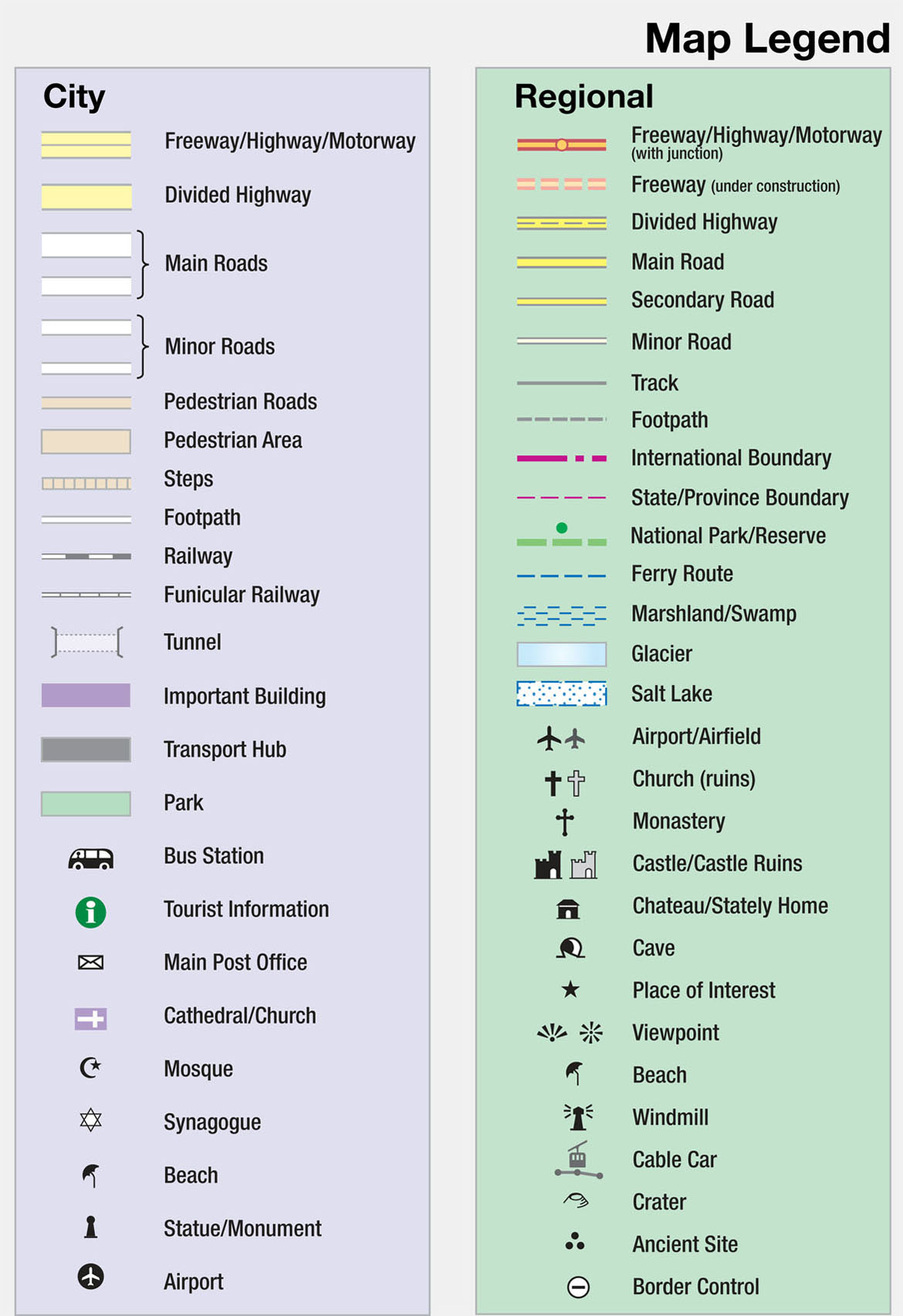
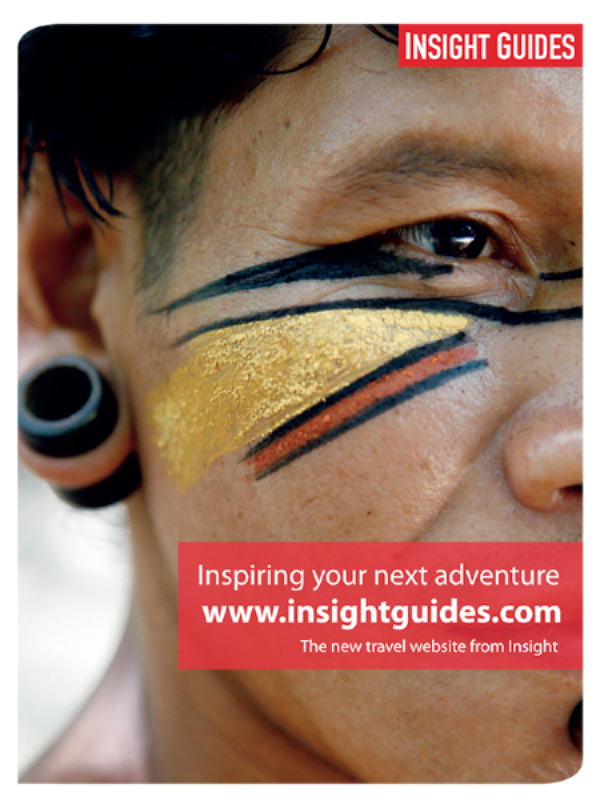
.
Table of Contents
Introduction
History
Features
Places
Travel Tips
Introduction: The Wonder of the Nile
The confluence of two great rivers brought the desert sands to life thus providing the backdrop to Egypts rich history
Egypt only exists thanks to a bit of geographical nonsense. The line of least resistance for water escaping from two African lakes 1,600km (1,000 miles) apart, one of them actually straddling the equator, was not a quick dive into the Indian Ocean and Red Sea that lay close at hand. Instead, one went off as if looking to join the Congo River for its immense journey west to the Atlantic. The other went roughly south for hundreds of kilometres before that, too, proved to be a feint. Between them, the two rivers logged some 5,600km (3,500 miles) of idle wandering through Ethiopia and Uganda before combining their forces in Sudans capital, Khartoum, for a 3,200km (2,000-mile) mercy mission through what would otherwise have been one of the most barren places on earth.

Bread-making in a traditional oven for a restaurant in Giza.
Glyn Genin/Apa Publications
The Nile not only survived but at the hottest and driest time of every year conjured up a tidal wave of flood water.The sheer volume of silt which the flood brought defied comprehension. Moreover, it was silt of great fertility, capable of turning a vast tract of desert into an agricultural paradise. In southern (Upper) Egypt, the miracle was confined to a narrow ribbon along the banks but, with only 160km (100 miles) to go, the river seemed in several minds about where to empty into the Mediterranean, and the result was what the Greeks recognised as the shape of their letter Delta, seven channels which merged during the floods into a coastal lake.
The decision taken by the river to follow a leisurely trans-continental route is the major contributing factor in the development of Egypt as a tourism destination. Without the Nile, this great African nation would not possess the numerous wonders for which it is known. The Pyramids and all that followed were built on the unique combination of effortless subsistence, efficient communications and transport. Prevailing winds blew vessels up the Nile towards Aswan, the current brought them down. The engineers who constructed the Pyramids did not have the wheel; as long as they stayed close to the river, they didnt need it.
The Niles Top 10 Attractions
From the ancient Pyramids to the mighty temples, and from a cruise on a felucca to shopping in the souqs, here is a rundown of the best things to see and do on the Nile
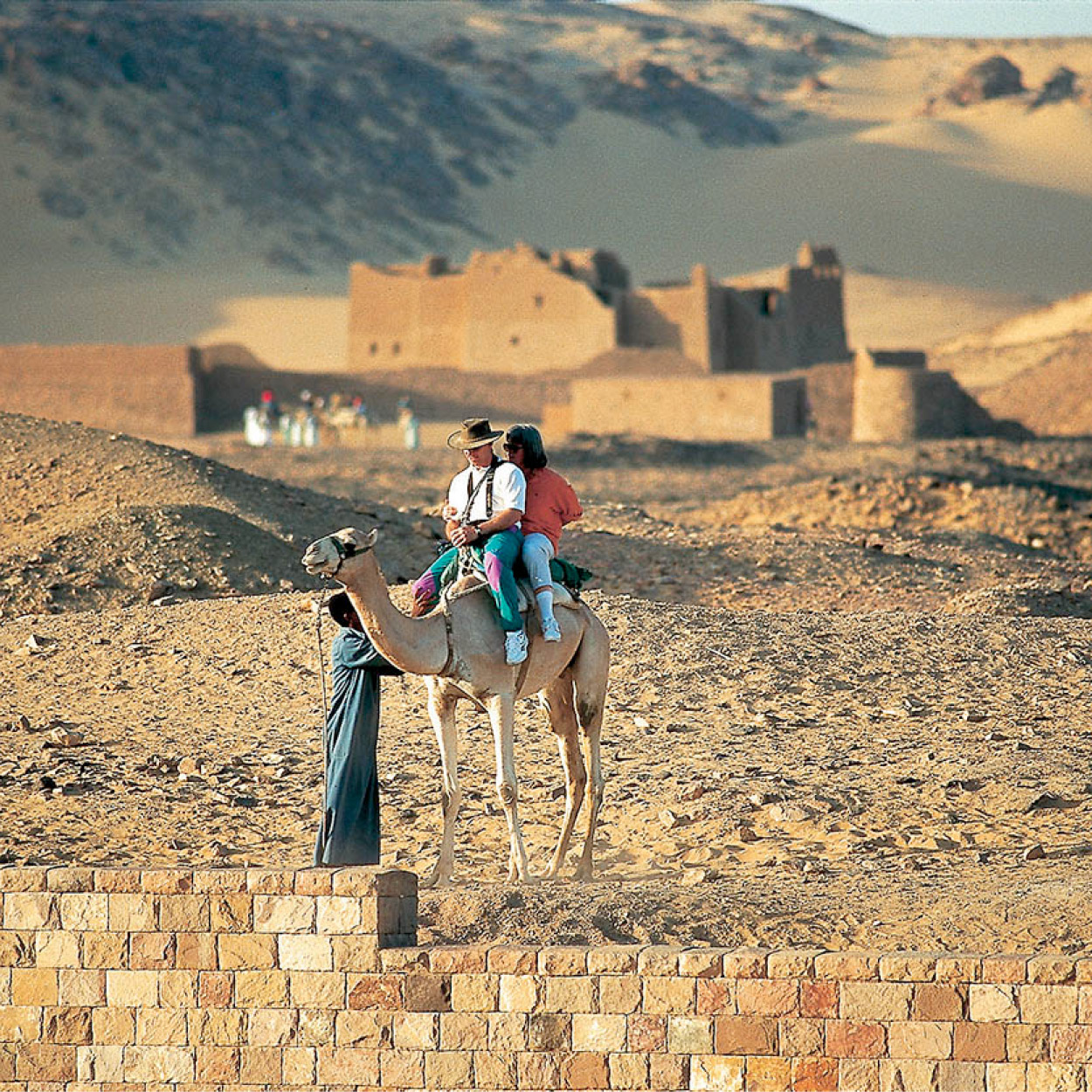
Top Attraction 1
Valley of the Kings. The final resting place for the pharaohs of the New Kingdom, the valley contains burial tombs and chambers, including Tutankhamuns. For more information, .
Axel Kraus/Apa Publications
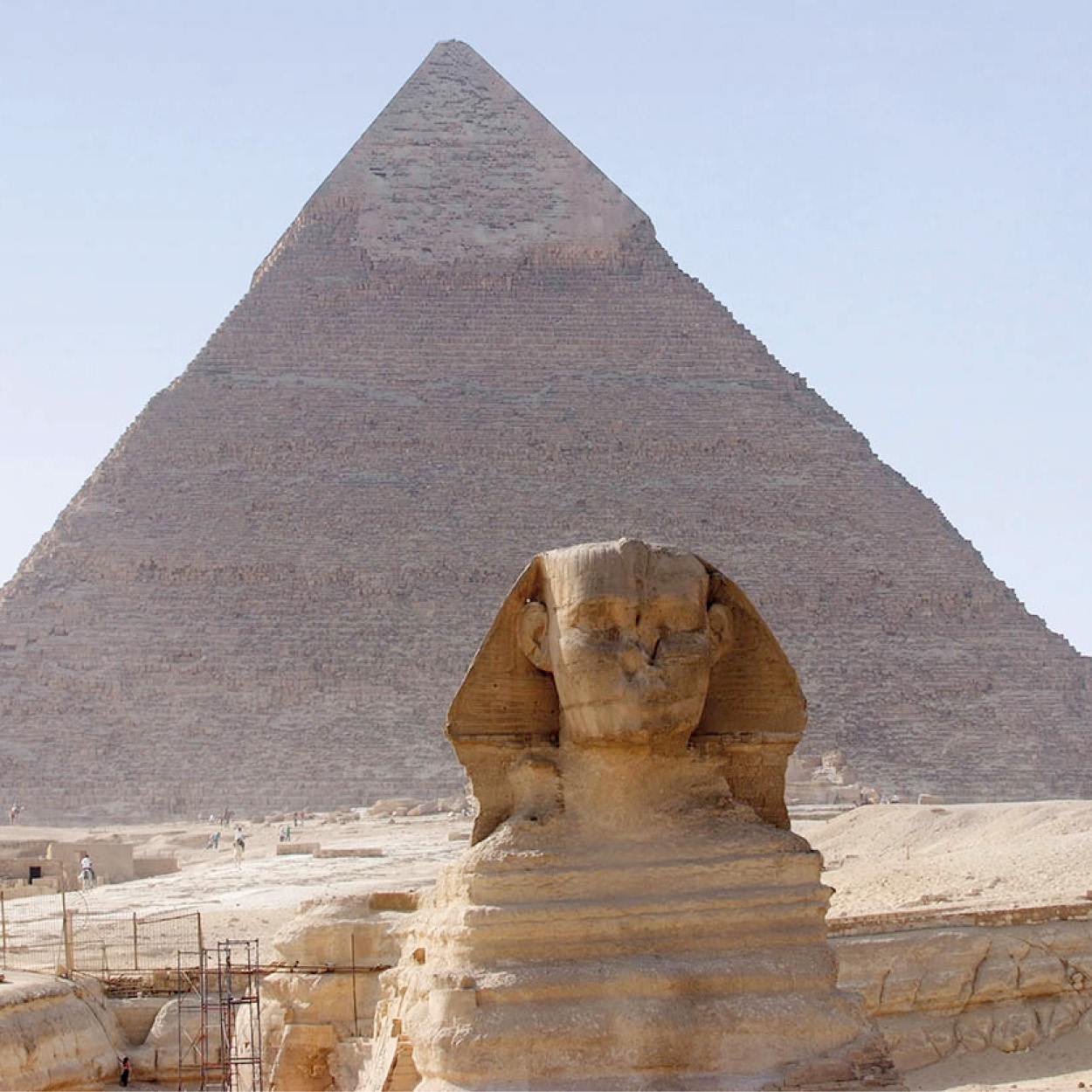
Top Attraction 2
Giza Pyramids and the Sphinx. The last remaining wonder of the ancient world and the enigmatic half-lion/half-man symbol of the Old Kingdom. Take a camel or horse ride around the plateau to enjoy the view. For more information, .
Glyn Genin/Apa Publications

Top Attraction 3
Coffee and sheesha sessions. The sound of water pipes bubbling around you is a familiar one in Egyptian coffee shops. Order your coffee medium-sweet and leave the grounds in the cup, as the locals do. For more information, .
Glyn Genin/Apa Publications
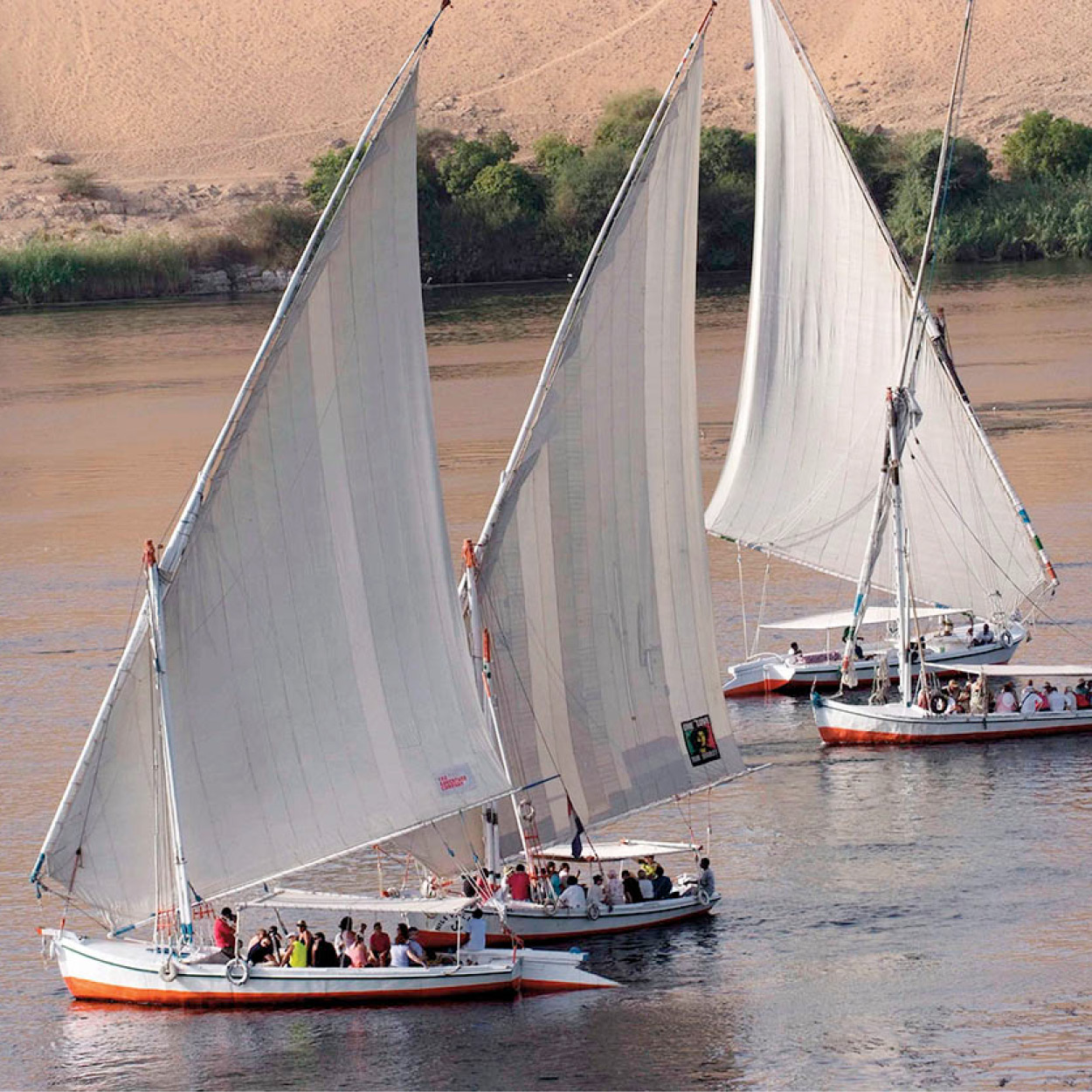
Top Attraction 4
Felucca from Aswan to Edfu. Immerse yourself in local culture while touring the temples on a five-day felucca journey from Aswan to Edfu. You might even be invited to dine in your captains home. For more information, .
Glyn Genin/Apa Publications


